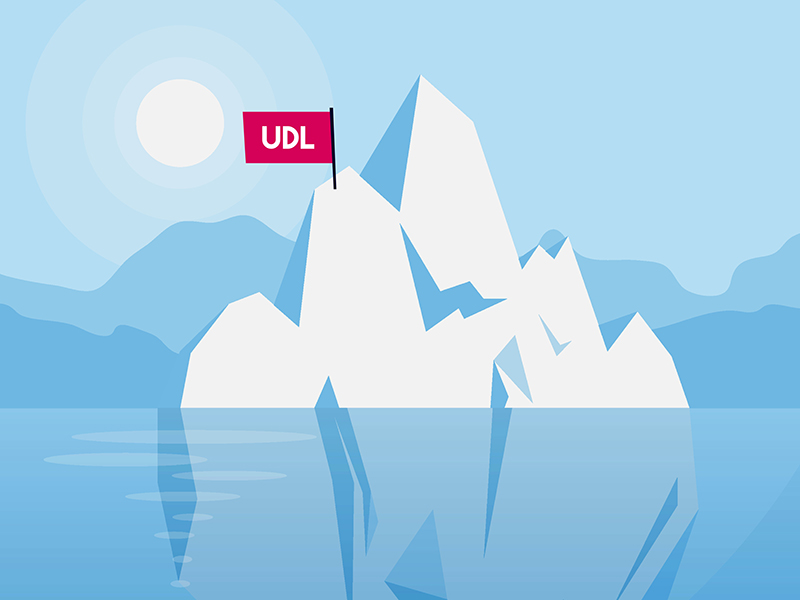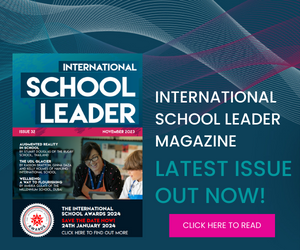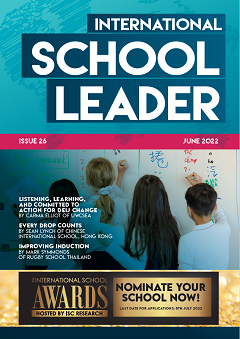The UDL glacier: Creating a sustainable foundation for Universal Design for Learning in international schools
By Kasson Bratton, Ginna Daza and Kelly Holmes
Differentiation: perhaps no single practice has had more of an impact on instructional design over the past three decades. The seminal work of Carol Ann Tomlinson brought forth the theoretical underpinning of a differentiated classroom, offering four areas (content, process, product and learning environment) in which educators were (and continue to be) asked to tailor instruction to meet individual learning needs. For 30 years, this focus on differentiated practice has proliferated throughout teacher training programmes, educational research and within the professional development priorities of schools across the world.
The notion of differentiation has been around for centuries. One-room schoolhouses of the past are often-cited examples where one teacher instructed students across a variety of ages, grade levels and aptitudes. Although these educators might have struggled to differentiate their learning environments, Tomlinson’s content, process and product were certainly areas modified to meet individual student needs.
Fast-forward to the current international school context in which the aspirational goals of inclusion, belonging, access and equity often clash with the complex challenges inherent in differentiating instruction to meet an ever-growing range of linguistic and neuro-diverse needs. In this context, what is an inclusive learning community to do?
Nanjing International School (NIS), a non-profit, K-12, IB Continuum school, has started down a path to address this challenge by shifting the instructional focus to Universal Design for Learning (UDL). This is not to say that differentiated instructional practice does not have an important place within tiered systems of support, but starting with the variability of all learners and then designing learning that honours this reality is a more sustainable approach than asking teachers to plan standard units of instruction and then differentiate them for the wide variety of individual student needs present in their learning spaces. By identifying and removing barriers to learning in the planning stage and providing multiple means of engagement, representation and expression around defined learning outcomes, learners in universally designed classrooms can make choices both about how they learn best and how they show what they know.
It would make sense that an approach to teaching and learning based on UDL would be a priority for schools, especially when neuroscience has not only confirmed that variability is the dominant feature of the nervous system but has also shown that this variability is predictable and can be organised across the very neural networks targeted by the UDL framework (CAST, 2018). Placing this in the context of the student voice, choice and learner autonomy which feature in guiding statements the world over, UDL certainly seems like the way forward. But where to begin?
Unlike some programmes of the past, there is no such thing as ‘out-of-the-box’ UDL. After two years of capacity-building efforts here in Nanjing, we are still in the early days of our journey into universal design. In fact, one of the most important things to recognise is that change takes time. That said, we are excited to share four insights we have gleaned early on in this process that we hope may help other educational leaders as they plan this shift.
By identifying and removing barriers to learning in the planning stage and providing multiple means of engagement, representation and expression around defined learning outcomes, learners in universally designed classrooms can make choices both about how they learn best and how they show what they know.
Building capacity
A shift to universally designed instruction requires experts in the building. At NIS, this began with a cohort of teachers, specialists and principals engaged in a deep-dive course with thought leaders in the field. Each module focused on concrete outcomes such as multi-tiered systems audits, policy refinement and instructional design workshops. In parallel, a range of lighter lift virtual courses were (and continue to be) offered to all faculty, with some choosing to take on graduate-level certification as well. The outcome of this professional learning (and the watercooler conversations they informed) was both a core group of well-informed UDL educators and a community-wide energy around this approach to learning and teaching.
Going organic
The next step was getting more educators involved. It quickly became apparent that a top-down or one-size-fits-all approach to universal design was not in line with organisational culture (or the tenets of UDL). Instead, an approach rooted in UDL principles (clear goal, flexible means) was in order. Here, all teachers were invited to join a group where they would be coached on identifying barriers to learning with their own students, strengthening UDL instructional practices via the CAST UDL Framework (2020) and, most importantly, implementing these practices and reporting back to the group over the course of a semester. To facilitate this, any teacher joining the group was released from other meeting responsibilities. Not surprisingly, 40% of the faculty engaged. This, plus the number of original course participants and virtual learners, meant that a critical mass had been voluntarily achieved.
Aligning action
With the multiple competing interests for time and resources, carving out the hours for UDL work can be a roadblock to implementation. In our context, these efforts coincided with ongoing efforts to promote Justice, Equity, Diversity, and Inclusion (JEDI) and a CIS/WASC/IB self-study. By leveraging UDL as a tool to provide more equitable access to the curriculum and placing instructional design at the heart of our IB Programme Development Plan, we were able to align action in a way that was not only more focused and efficient but felt like a united approach rather than a loose collection of initiatives.
Getting foundational
As this work progressed, the spotlight began to shine on the systems and curriculum underpinning learning. This mean scrutinising the school’s definition of learning and professional standards to ensure alignment with UDL principles, recrafting the learning support philosophy and handbook to focus more on instructional support for all, and building curriculum fluency (that is, a clear understanding of the student learning outcomes guiding planning and assessment) that had been lost in the years of online learning and COVID-19 disruption. Having a deep understanding of the desired learning for all students in a class is critical to crafting lessons that include multiple pathways for success. In other words, it’s difficult to consider a variety of routes if the destination is unclear.
Staying the course
Our shift to universally designed instruction is much like a glacier, slow-moving but carving a new (instructional) landscape as it goes. We have learned that scaling UDL is much more about subtle shifts in collaborative planning processes, drip-feeding ongoing professional learning (both in-house and beyond), including universal design workshops within our new teacher induction, and explicitly linking our UDL journey to the community’s JEDI efforts. The goal of this embedded approach is not to make UDL an additional thing we do, but the main thing we do. We believe focusing more on design for all, not only differentiating for some, is our most sustainable path to mission-aligned learning. Though we have a long way to go, we know that we are on our way.

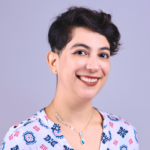
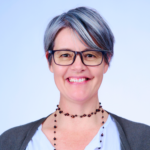
Kasson Bratton is Director of Learning and Deputy Head of School at Nanjing International School. Follow Kasson on X for more insights. Ginna Daza is Primary Learning Support Specialist at Nanjing International School. Follow Ginna on X. Kelly Holmes is Secondary English Acquisition Specialist at Nanjing International School. Follow Kelly on X.
